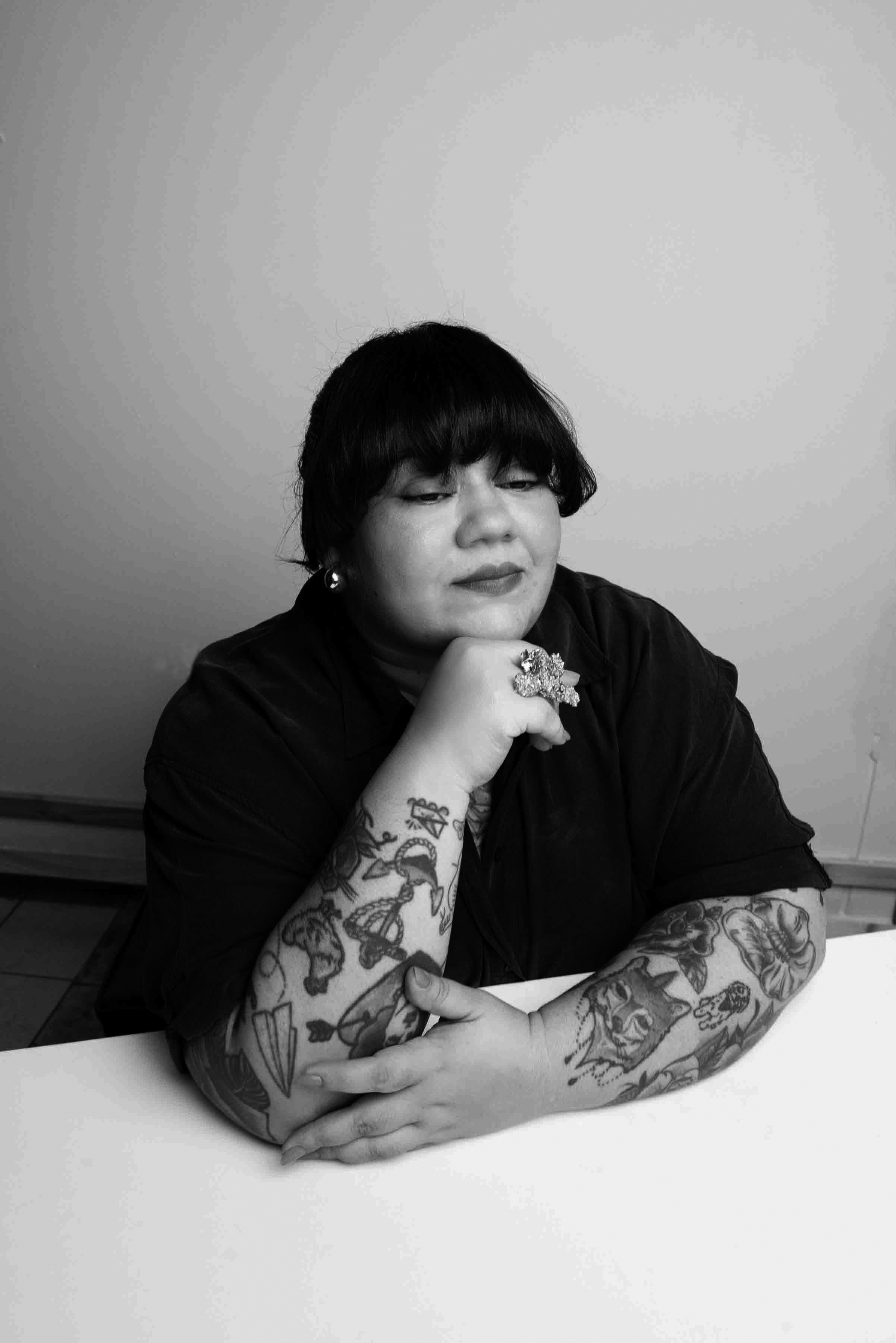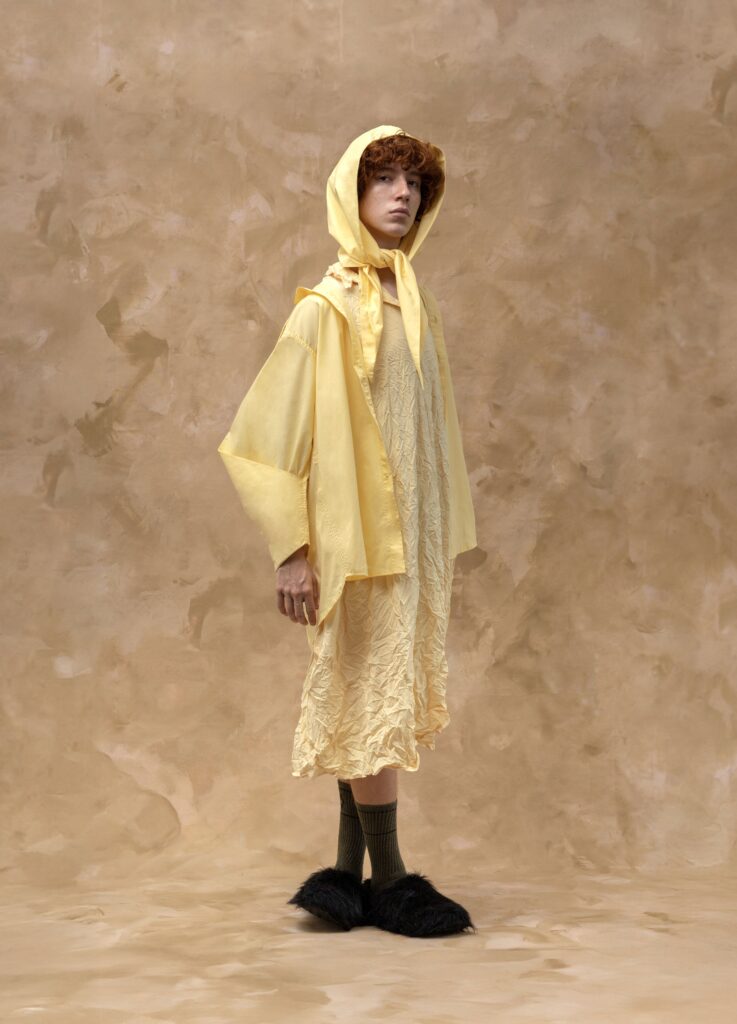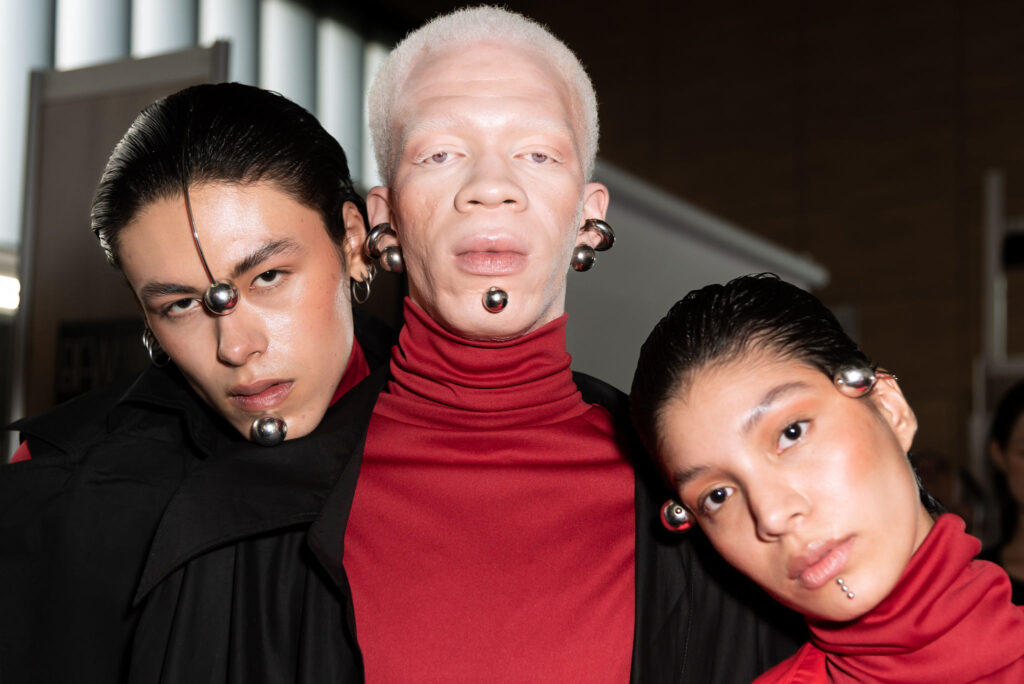
In Latin America there is an abundance of fashion creators who step outside of the tropical chic box in which the region is usually put inside. Zorro Gris (“Grey Fox” in Spanish), the brand founded by designer and artist Liza Ardila, hails from Cali, Colombia. This city, famous for being the world capital of salsa, does not insinuate that a fashion brand that isn’t based on Caribbean exotic aesthetics could be its hometown, but it is in fact the starting point of this solid, striking idea.

With a background in fine arts, and after finishing her studies in this field Liza decided to study fashion design at a local school to expand her work options. She didn’t consider fashion as a full time job before, since, in her own words, “back then fashion would just be a side gig. But one day we had to do a project about creating a brand, and that’s how Zorro Gris was born. It started as homework and shortly after it became the project of my life.”

Just like contemporary art aims to highlight what is different and not so obvious to the eye, Zorro Gris offers a disruptive way of living and understanding fashion in a place like Cali. There, maximalism and tropical aesthetics aren’t just fashion but an integral part of the city’s identity. The brand questions this vision with genderless clothes for all body shapes in a discreet color pallet, with an abundance of monochrome outfits. Layering isn’t frequently done at brands that come from warmer areas, but Zorro Gris makes it not only work: it’s a core part of their style. According to Liza, this is all about “thinking of alternatives ways to live in the city and taking on the challenge of being global as well”: being decidedly Latin American but perfectly fitting in Berlin, New York City or Tokyo.

It’s exactly this idea of not fearing what’s different which makes Zorro Gris stand out among other independent brands of the same origin. Liza reiterates that it’s necessary to create an identity outside of tropical stereotypes, while acknowledging the importance of this legacy: “Tropical chic is a staple of Colombian fashion from a foreign perspective, and it’s valid. If it’s still going on it’s because there is a demand for it. The problem is when these aesthetics are sold as the only valuable aspect of Colombian fashion to the world.”

Under such circumstances, Zorro Gris’ stance is clear: “We’re not a part of these trends and the challenge we take on is to position ourselves as part of the Colombian industry on the global market with something different”.

Zorro Gris invites their audience to see fashion outside of local standards. “We believe in starting a new conversation about contemporary aesthetics and new perceptions about dressing and bodies”. Through clothing, Liza offers a new artistic and critical perspective that goes beyond satisfying the need to wear something for daily life, elevating it to the category of living, wearable art.



